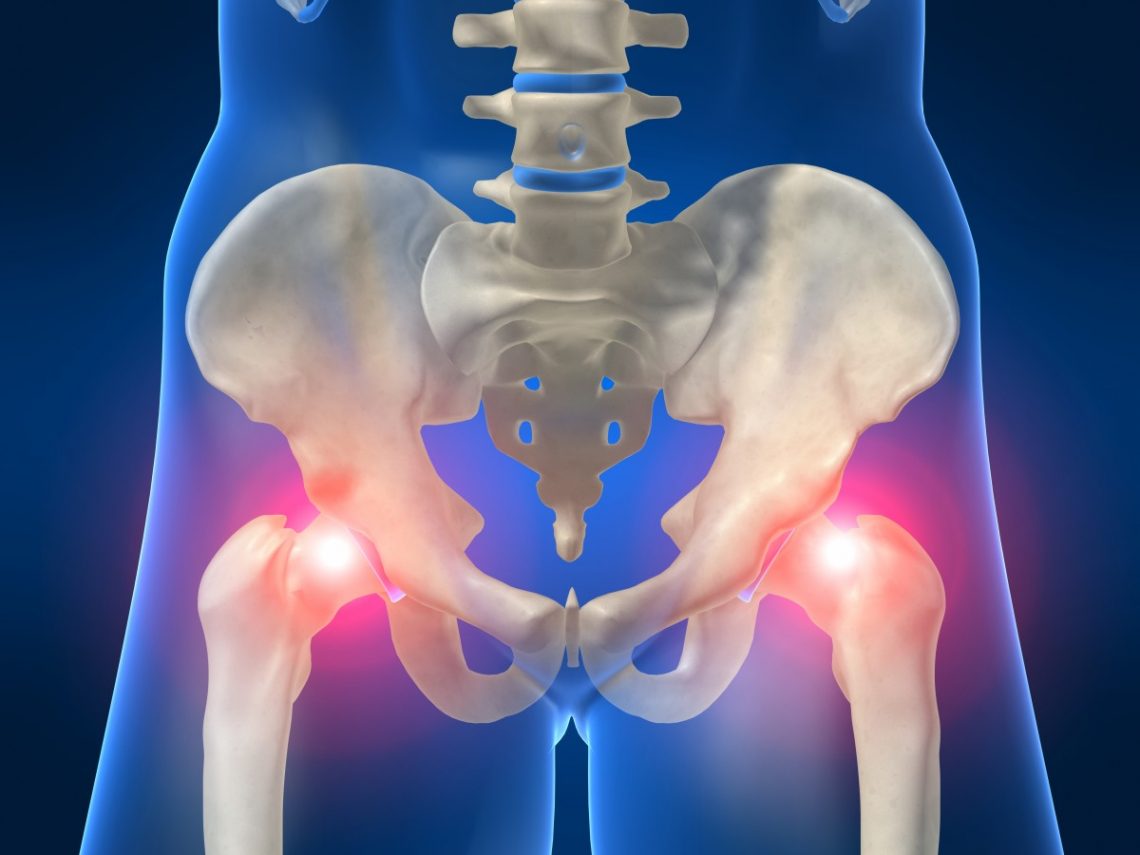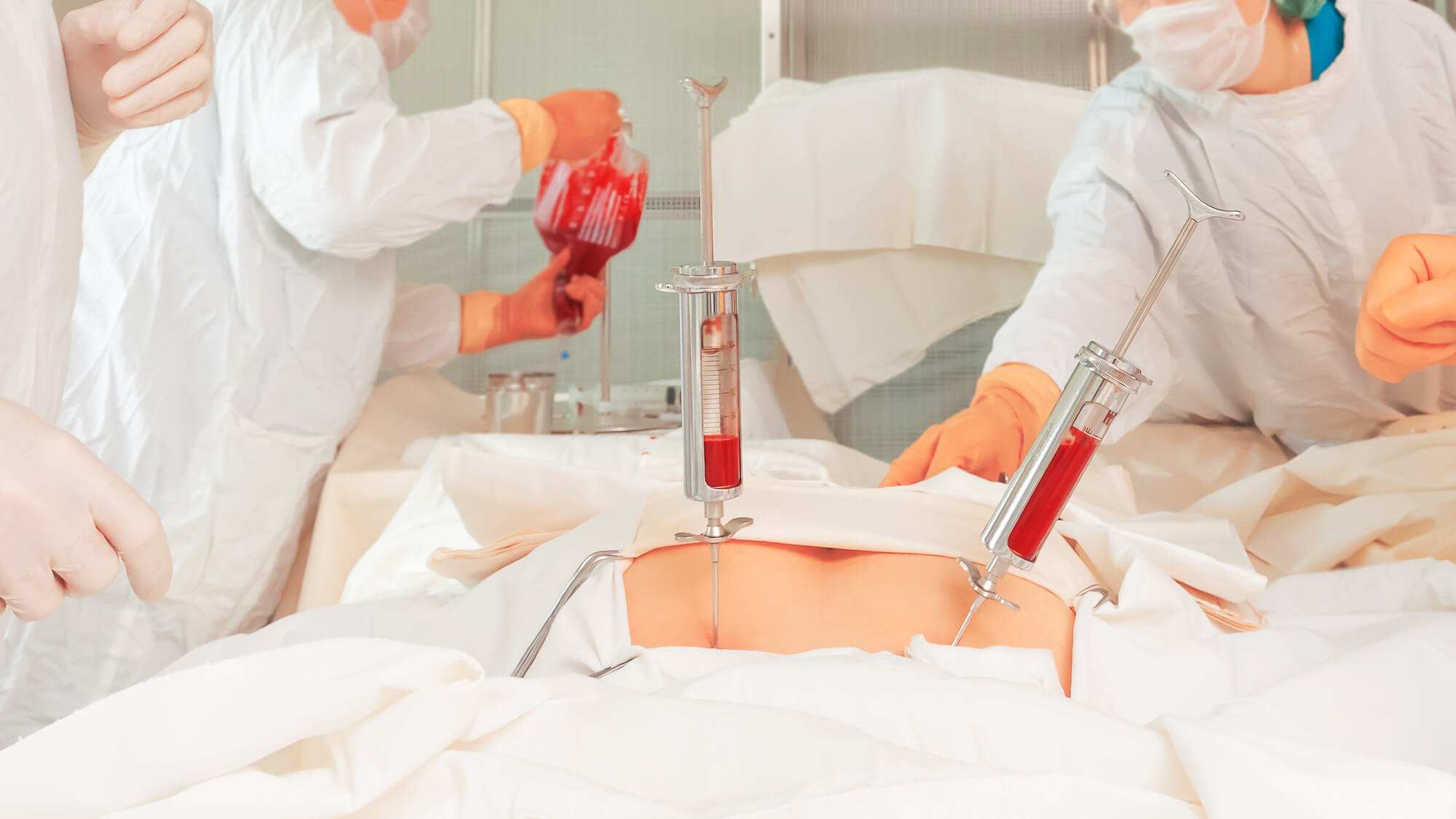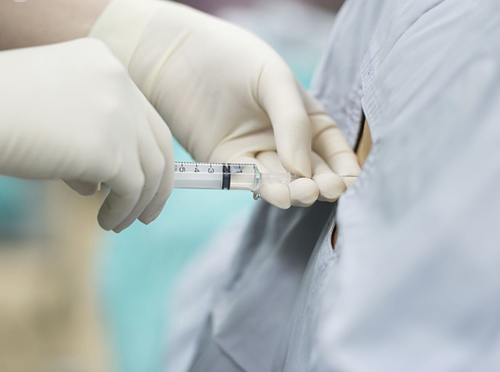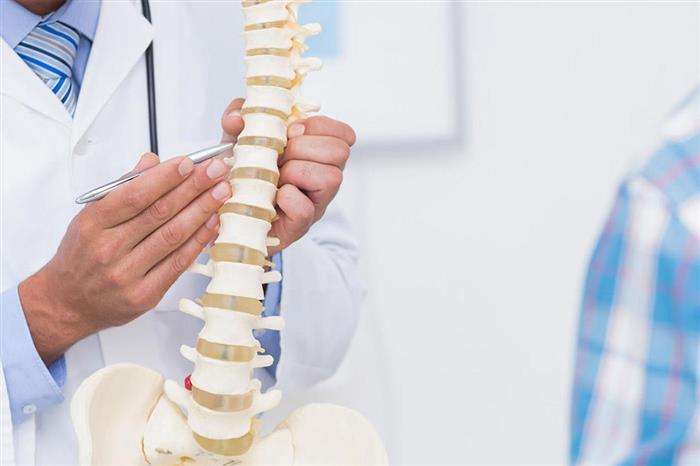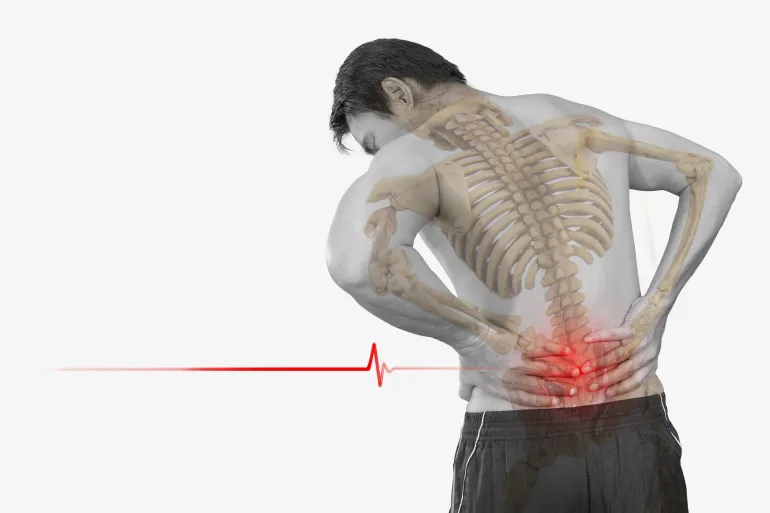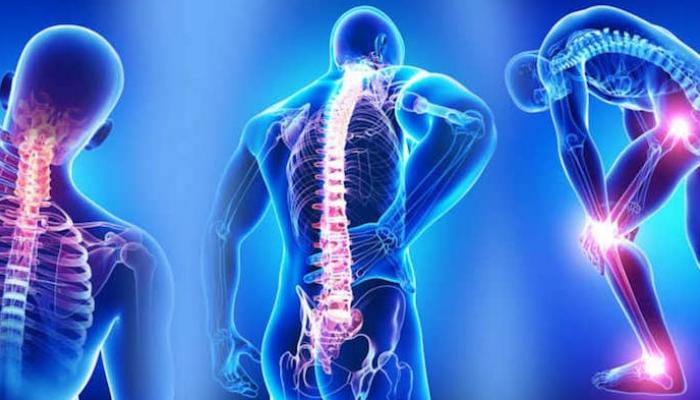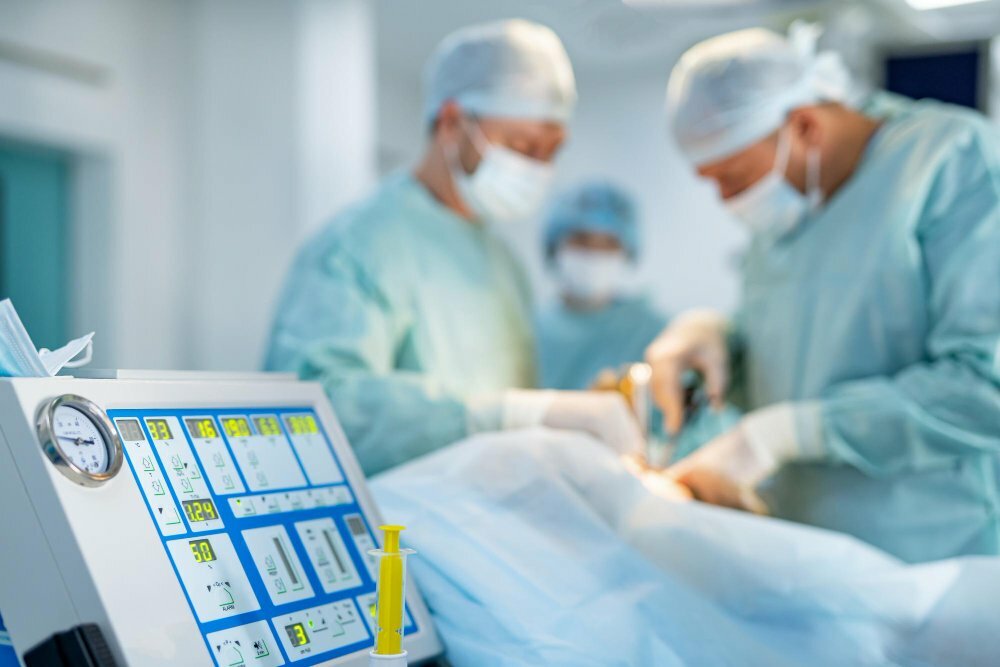What Are the Risks of Stem Cell Therapy? And What Are the Conditions for Donating Them?
Risks of Stem Cells
Risks of Stem Cells: What You Need to Know Before Starting Treatment
Stem cells are one of the modern medical innovations that have generated great hope in the world of medicine and treatment. However, it’s important to be aware of potential risks before beginning stem cell treatments, as these procedures come with some risks.
In this article, we will review some of the risks of stem cells that you should be aware of:
- Potential for Rejection: Injecting adult stem cells from one person to another, rather than to the same person, can increase the likelihood of an immune system reaction and rejection of the transplanted cells. This means that there may be additional precautions to avoid an immune response.
- Impact on Skin: Common side effects of stem cells include the appearance of bruises and swelling after injection. These can be temporary side effects of the injection process, but it may take some time to recover and restore normal skin.
- Risks During Liposuction: Some liposuction procedures that use stem cells carry potential risks. This process may cause bodily harm or lead to some complications. Therefore, people considering stem cell treatments should be aware of these potential risks.
- Risks Related to the Type of Transplanted Cells: The transplanted stem cells depend on the type of cell being implanted and used in the treatment. A negative effect can occur if cells incompatible with the patient’s body are used, potentially leading to other health problems, including the body rejecting the transplanted cells.
- Risk of Infection: There might be a heightened risk of infection during the initial period after stem cell transplantation. It can take time to form a new immune system and protect the body from infection. Until then, the risk of infection can be reduced by remaining in isolation and taking appropriate health precautions.
If you are considering addressing health issues using stem cells, it’s crucial to consult with a specialist doctor before proceeding. The doctor should highlight all medical aspects and risks associated with these procedures.
Do not hesitate to discuss doubts and questions you may have regarding stem cell treatment with the doctor, as they can provide you with accurate information and appropriate guidance to make the right decision.
What are the Risks of Stem Cell Therapy?
Stem cells are one of the controversial modern technologies in the field of medicine and biomedicine. They are a powerful tool in treatment and scientific research, famous for their ability to evolve into different types of cells in the body. However, there are risks associated with the application and use of these cells. In this article, we will review some of the main risks of stem cells.
- Ethical Risk: Some may deal with the proper use of stem cells unethically. Incorrect research and applications could lead to the exploitation of patients and the start of an organ trade phenomenon. Therefore, a strong ethical framework must be established to deal with stem cells and ensure compliance with ethical standards in all research and applications.
- Cancer Risk: Stem cells work to regenerate and proliferate rapidly to repair injured or damaged tissues in the body. However, a malfunction in this process could lead to the formation of cancerous tumors. Stem cells must be carefully monitored and analyzed to ensure that no abnormal changes develop in them.
- Immune Rejection Risk: With the use of stem cells in organ transplantation and the treatment of some diseases, patients may face the risk of their body rejecting these cells. This is because the immune system considers stem cells as a foreign body. Methods must be developed to reduce the risks of the body rejecting stem cells, such as techniques for processing and purifying the transplanted cells.
- Poor Control in Development: Stem cells can pose a challenge for doctors and researchers, as they find difficulty in fully controlling the development of cells and directing them to transform into specific types of cells in the body. If the development does not occur appropriately, the result may be the formation of abnormal cell types or that they are not as effective as expected.
To increase understanding and benefit from stem cells, these risks must be seriously addressed. Ensuring ethics, careful monitoring, and continuous research may contribute to reducing these risks and enhancing the use of stem cells in safe and effective ways in the field of medicine and biomedicine.
What is the Success Rate of Stem Cell Therapy?
Stem cell therapy has become an important option in treating various diseases, but what is the success rate of this treatment? In this article, we will review some of the research and statistics related to the success rate of stem cell therapy.
Treatment with 50% Match: Studies indicate that a 50% match between the patient’s and donor’s stem cells is sufficient for treatment with a high success rate. Although a complete match is considered the best, a 50% match is currently acceptable for stem cell therapy.
Complete and Total Healing: Apart from chemotherapy and drug treatment, bone marrow transplantation using stem cells is the only option for the complete and total healing of some diseases. This option requires a match between the patient’s and donor’s stem cells.
Impact of Treatment on Blood Diseases and Lymphoma: The use of stem cells has shown effectiveness in completely treating lymphoma and leukemia. Approximately 30-40% of people with lymphoma, and 20-50% of those with leukemia, recover after stem cell therapy procedures.
Impact of Treatment on Multiple Myeloma: Stem cell therapy procedures can contribute to improving growth and quality of life for people suffering from multiple myeloma. Thus, the treatment increases the chances of survival for these patients.
Stem cell therapy is an important option in treating many diseases. Research indicates that a 50% match between the patient’s and donor’s stem cells can lead to successful treatment. Apart from complete and total healing, stem cell therapy can improve the condition of people with blood diseases, lymphoma, and multiple myeloma. However, the need for further research to enhance our understanding of this treatment’s effectiveness and make it available to more people in need should be considered.
Where are Stem Cells Obtained From?
Stem cells are unique cells capable of self-renewal and transforming into different types of cells in the body. But where are these precious cells obtained from? In this article, we will review some of the main sources of stem cells and how they are obtained.
Sources of Stem Cells:
Embryonic Stem Cells: These cells come from embryos at an early stage of development, around 3-5 days old. They are used in research and potential treatments, but the use of embryonic stem cells raises some ethical and legal issues.
Adult Stem Cells: Adult stem cells are found in different adult tissues such as bone marrow and fatty tissues. These cells have a limited ability to form certain types of cells. However, researchers can use genetic programming techniques to enhance these cells’ ability to transform into other cell types.
Induced Pluripotent Stem Cells: These are a modern type of stem cells produced from skin cells or other cells in the body. These cells are stimulated by substances that affect their genes, making them acquire stem cell characteristics. This type of cell is being developed and used in experimental stages as of now.
Tissue-Derived Stem Cells: Stem cells are found in various tissues in the body, such as skin, bones, and nerves. These cells can be used for regeneration and healing of injured or damaged tissues. However, their ability to transform into other cell types may be limited.
- It is important to note that the use of stem cells is still in the experimental and research phase. Although stem cells theoretically have the ability to transform into any cell type, there are many scientific and medical challenges that researchers need to solve before stem cells can be widely used in clinical therapies.
- Stem cells can be obtained from several sources, including human embryos, various tissues in the body, and the conversion of some adult cells. Stem cells represent an exciting field for research and development, and they hold great promises in the field of medicine and the treatment of intractable diseases in the future.
- How long does stem cell treatment take?
- Stem cells are one of the most controversial medical innovations in recent decades. These cells are used in many innovative medical treatments, most notably in the treatment of genetic diseases and tissue regeneration. With significant advancements in the field of stem cell therapy, many wonder about the duration of the treatment and how much time it takes.
- Unfortunately, it is not possible to determine a fixed and definitive duration for stem cell treatment, as the duration varies depending on the type of case and the patient’s diagnosis. However, the average duration of treatment can be estimated to be between one and five days. This depends on the patient’s medical condition and history, as well as the presence of any complications or diseases accompanying the condition.
- Typically, the stem cell treatment session is carried out in hospitals or clinics. The treatment session lasts between 3 to 5 hours per day. During the treatment period, family members or friends are allowed to stay in the hospital room to support the patient emotionally or in any other way.
- Stem cell treatment may also require preparation before the procedure. Patients are asked to obtain a set of basic medical data before determining the treatment time. Then, stem cells are implanted by injection into a vein or under the skin, and the method of implantation is determined according to the patient’s condition and diagnosis.
- It is worth mentioning that embryonic stem cells used in treatment are characterized by their ability to grow in a controlled manner and do not pose any genetic threat. These cells are stable and biologically programmed for basic differentiation. Thanks to these properties, they are successfully used in many medical treatments.
- In conclusion, the duration of stem cell treatment varies and is affected by several factors. It is important that treatment is provided individually according to the patient’s condition. Patients are advised to consult with specialists to determine the appropriate treatment duration according to their specific needs.
Is Stem Cell Therapy Available in Egypt?
Stem cell injections are one of the modern medical techniques aimed at treating numerous diseases and injuries. Scientific studies have proven that stem cell therapy can effectively treat more than 90 types of diseases safely and successfully.
Indeed, Egypt has its first stem cell bank, a pioneer in Egypt and the Middle East. It has been approved by the Ministry of Health and also accredited by the U.S. Food and Drug Administration (FDA). Additionally, the bank has received international accreditation from the American Association of Blood Banks (AABB).
This medical facility specializes in performing stem cell injections. It offers a variety of services, including the collection and storage of stem cells for future use. The center also has a team of specialized medical professionals who conduct procedures with the highest level of professionalism and quality.
Stem cell injections are a non-surgical and safe method for rejuvenation and cosmetic purposes. The injection contains proteins and growth factors that help in cell renewal, collagen, and elastin production, contributing to improved skin elasticity and overall appearance.
In Egypt, there are many cosmetic areas specialized in performing stem cell injections. These services are provided in leading hospitals and clinics in the medical field. It is noteworthy that stem cell injections in Egypt have attracted significant attention from women of all age groups. Thanks to the noticeable results, safety, and effectiveness provided by this technique, it has become a perfect non-surgical alternative for various skin problems and aging effects.
Some rare symptoms like itching and redness may be observed after injections, but they quickly disappear without serious complications.
Undoubtedly, the existence of this medical edifice in Egypt represents uniqueness and a precedent in healthcare, reflecting the country’s interest in modern scientific and medical advancements.
Are Stem Cells Beneficial?
Stem cells are unspecialized cells with the ability to develop into specialized types of cells in the body. They are one of the modern therapeutic methods for various diseases and health conditions. This article will highlight the key benefits of stem cells.
Enhancing the Growth of New Healthy Skin Tissues: It has been discovered that stem cell therapy can play a role in enhancing the growth of new healthy skin tissues and improving their condition. These treatments may be beneficial in encouraging hair growth post-injuries and boosting collagen production.
Treatment for Autoimmune Diseases: Stem cells are one of the potential therapeutic options for autoimmune diseases such as rheumatoid arthritis and lupus. These modern treatments based on stem cells may help alleviate symptoms and improve the quality of life for patients.
Promoting Wound and Injury Healing: The benefits of stem cells in accelerating the healing process of wounds and injuries have been discovered. Stem cells can be used to promote the growth of new healthy tissues in damaged areas of the body and stimulate the healing process.
Treatment for Bone and Spine Diseases: The use of stem cells can be effective in treating some conditions related to bones and spine diseases. Stem cells can help promote the growth of healthy bone tissues and improve the condition of patients.
Treatment for Neurological Diseases: Numerous studies are exploring the possibility of using stem cells to treat certain neurological diseases such as Parkinson’s disease and spinal cord diseases. Stem cells are believed to assist in renewing nerve cells and improving the function of the nervous system.
In summary, stem cells are considered a promising method of treatment for various diseases and health conditions. They may contribute to promoting the growth of healthy tissues, accelerating wound healing, and improving the condition of patients. With the advancement of scientific research, more potential uses for stem cells may emerge in the future.
What Diseases Can Be Treated with Stem Cells?
- Bone and Joint Diseases: The use of stem cells in treating some bone and joint diseases is one of its most important medical applications. Stem cells can contribute to the renewal and repair of damaged tissues, enhance bone density, and reduce the risk of fractures.
- Neurological Diseases: Stem cells are also promising in the treatment of certain neurological diseases. They have the ability to transform and regenerate into any type of required nerve cells, thus aiding in the repair of damaged nerve tissues. Diseases that can be treated with stem cells include Parkinson’s disease, Alzheimer’s disease, and stroke.
- Heart Diseases: Stem cells are effective in improving the hearts of individuals with heart diseases. By renewing and regenerating damaged heart cells, stem cells can help strengthen the heart muscle, improve its function, and enhance its ability to pump blood.
- Blood Diseases: In some cases of blood diseases such as sickle cell anemia and myeloid leukemia, stem cells can be used for treatment. Healthy stem cells are transferred to the patient to repair internal blood composition and renew healthy blood cells.
- Skin Diseases: Stem cells are also effective in treating certain chronic skin diseases and severe burns. Stem cells can contribute to the renewal of damaged skin tissues, promote healing, and reduce scar formation.
- Liver Diseases: Liver diseases such as jaundice and liver fibrosis are treatable with stem cells. Stem cells are used to renew and repair damaged liver cells, thereby improving liver function and reducing symptoms associated with liver diseases.
In conclusion, it should be emphasized that the use of stem cells in disease treatment is still in the research and experimental stage and has not been fully approved for the treatment of all cases. It is always recommended to consult with specialized doctors before making any decisions regarding stem cell therapies.
What Is the Difference Between Stem Cells and Plasma?
Origin: Stem cells are the source of other body cells, as these raw body cells can be developed and specialized into any type of cells in the body, such as blood cells, nerve cells, muscle cells, and more.
Plasma, on the other hand, is a component of blood composed of water, proteins, hormones, salts, and other chemical elements. It is not a cell itself but rather a fluid within the blood.
Function: Stem cells have the ability to transform into any type of cells in the body, thus playing a crucial role in repairing damaged tissues and renewing affected organs. This makes them a subject of widespread interest in scientific research and modern therapies.
On the other hand, plasma contributes to enhancing blood circulation and cellular renewal. For this reason, plasma injections are used in areas such as hair loss treatment, skin rejuvenation, and surgical procedures.
Uses: Thanks to their ability to develop and specialize, stem cells are used in various medical fields. They can be used to repair damaged tissues in cases such as chronic diseases, surgical injuries, bone regeneration, and the treatment of stubborn diseases like cancer.
As for plasma, it has been successfully used in treating hair loss and skin rejuvenation. It is injected into the scalp and face to promote hair growth, improve skin elasticity, and tighten the skin.
Although stem cells and plasma have different uses, they both provide modern and effective solutions for many medical problems. Ongoing research in these fields may open up new prospects for treatment and cellular renewal in the future.
Is Stem Cell Donation Harmful?
Transplanting healthy stem cells from a close or unrelated donor is a modern and innovative method for treating many diseases and medical conditions. However, some people may be asked to donate peripheral blood stem cells instead of bone marrow. This raises an important question: Is stem cell donation harmful? Let’s explore this topic in this brief list.
Anesthesia Complications: Some rare complications may be associated with the necessary anesthesia for undergoing peripheral blood stem cell donation. After surgery, the donor may feel tiredness, weakness, and difficulty walking for a few days. However, these complications are typically temporary and gradually resolve after a short period.
Possible Side Effects: Some mild side effects may occur after donating peripheral blood stem cells, such as redness or swelling at the injection site. The donor may experience some pain or bruising in the hip and lower back area for a few days. Over-the-counter pain relievers or anti-inflammatory medications can be used to alleviate these symptoms.
Temporary Disruption of Daily Life: The donor may need to refrain from engaging in strenuous physical activities for some time after donating peripheral blood stem cells, due to potential fatigue and weakness. Iron supplements may be recommended to restore blood cell levels to normal.
It’s important to note that stem cell donation is generally considered safe, and the potential complications and side effects are relatively rare. Donors are carefully screened and monitored throughout the donation process to ensure their safety and well-being.
Potential Positive Results: It’s worth mentioning that stem cell donation can be effective and beneficial for many patients. When stem cells are healthy and a perfect match for the recipient, the chances of success in transplanting them and treating the medical condition increase.
In general, despite some potential side effects, stem cell donation is considered a safe and effective procedure. If you are interested in donating, it is advisable to consult with your treating physician or seek advice from a specialized medical team to guide you and provide the necessary information before making your final decision.
Is There Harm to the Bone Marrow Donor?
Bone marrow donation is considered a significant medical procedure to save the lives of people suffering from serious blood disorders or cancer. Although this procedure is performed safely and effectively, some harm can occur to the bone marrow donor. Let’s take a look at some of the potential harms associated with bone marrow donation.
- Anesthesia Complications in Surgery: The donor may experience some potential complications related to anesthesia during the bone marrow harvesting surgery. They may feel tired, weak, and have difficulty walking after the surgery. However, these problems are often temporary and gradually resolve over time.
- Damage to Surrounding Tissues: In some cases, damage can occur to the bones, muscles, nerves, and blood vessels in the area where the needle is inserted into the bone marrow. However, such damages are rare and are carefully managed during the surgical procedure.
- Side Effects After the Procedure: After the donation procedure, the donor may require a period of rest and recovery until their body returns to its normal state. During this period, the donor may experience some side effects, which can vary depending on the type of bone marrow harvesting procedure. These side effects may include fatigue, pain at the donation site, and decreased appetite.
- Rare Risks: Although bone marrow donation is generally safe, some donors may face rare risks and complications. These may include infections, unexpected bleeding, or allergic reactions to medications used during the procedure. However, it is important to note that these cases are rare.
Bone marrow donation is an important medical procedure that contributes to saving the lives of many individuals. While some harm to the donor can occur, the humanitarian and spiritual benefits of this act are immeasurable. Typically, any harm is temporary and rare. If you are considering bone marrow donation, it is advisable to consult with specialized healthcare professionals to obtain accurate information and ensure your health and safety.
What Are the Conditions for Stem Cell Donation?
Stem cell donation is a voluntary act aimed at helping patients in need of these cells for the treatment of blood and immune system diseases.
To be eligible for stem cell donation, there are some conditions that the donor must meet:
- Appropriate Age: The donor should typically be between 18 and 60 years old. This age requirement may vary between different centers.
- Good Health: The donor must be in good health and free from chronic diseases or infectious illnesses.
- Genetic Compatibility: There must be a genetic match between the donor and the recipient of the stem cells. Genetic compatibility is determined by testing a blood sample from the donor to ensure compatibility with the recipient.
- Commitment and Education: The donor should be well-informed about the donation process, its risks, and benefits. A detailed educational session is provided to the donor to ensure they have all the necessary information about stem cell donation.
- Medical Evaluation: A comprehensive medical examination is conducted to confirm the donor’s health and suitability for the procedure. This medical examination includes various tests and analyses.
- Freedom from Pressure: The donor should not be subjected to any external pressure or influence to participate in the stem cell donation process. The decision should be made freely and independently.
The donor should ensure compliance with the specific donation conditions set by stem cell donation centers. The donor collaborates with the medical team responsible for the donation process to ensure their safety and the safety of the stem cell recipient.
The role of volunteers in this field is highly emphasized, as stem cell donation can make a significant difference in the lives of many patients. By meeting the conditions for donation and providing assistance, the donor becomes an essential part of the healing journey for patients, offering them a new hope.
What Happens After Stem Cell Transplantation?
After undergoing a stem cell transplantation procedure, the patient enters a post-transplant period that requires special care and guidance. This section of the article aims to provide a general overview of what a person can expect after completing this vital procedure.
Critical Recovery Period: Following a stem cell transplantation procedure, the individual requires a significant amount of time for recovery. The duration of recovery varies from person to person and depends on several factors such as the type of transplantation and the patient’s overall condition. The patient may need to stay in the hospital for some time after the procedure before returning home.
Alongside Conventional Treatment:
Despite undergoing a stem cell transplantation procedure, patients may still need to continue with other conventional treatments such as chemotherapy or radiation therapy. Patients benefit from increased strength thanks to the transplanted stem cells, allowing them to better endure treatment and achieve better results.
Dietary Care and Physical Activity:
During the recovery period, the patient should maintain a healthy diet, consuming balanced and nutritious meals to promote the growth and renewal of new cells. The patient may also consult a nutrition specialist for suitable guidance tailored to their individual circumstances. Additionally, the patient should follow a plan for moderate physical activity to improve physical strength and endurance.
Regular Medical Monitoring:
After undergoing a stem cell transplantation procedure, the patient will need regular visits to the doctor for monitoring and follow-up. During these visits, the body’s response to the transplant is assessed, and any possible complications are detected. In most cases, frequent visits are scheduled in the first months after transplantation, and these visits include blood tests and medical consultations.
Possible Side Effects:
The patient should be aware of possible side effects after a stem cell transplantation procedure. Common side effects may include nausea, vomiting, diarrhea, fatigue, and temporary hair loss. These side effects may persist for some time before gradually fading.
Exploring the Psychological State:
The post-stem cell transplantation period may not only be physical but also psychological. The patient may experience psychological effects following the transplant, such as anxiety, depression, and stress. It is advisable for the patient to address their psychological needs and seek appropriate support from family, friends, and consider consulting with a counselor or psychologist if necessary.
Understanding what can happen after a stem cell transplantation procedure is important for patients and their families, as it can help them prepare for the next stage and cope with any challenges that may arise. Remember that family and medical support are essential parts of this recovery journey.



